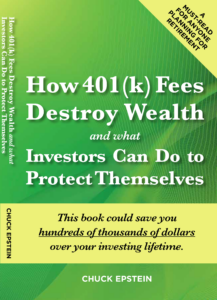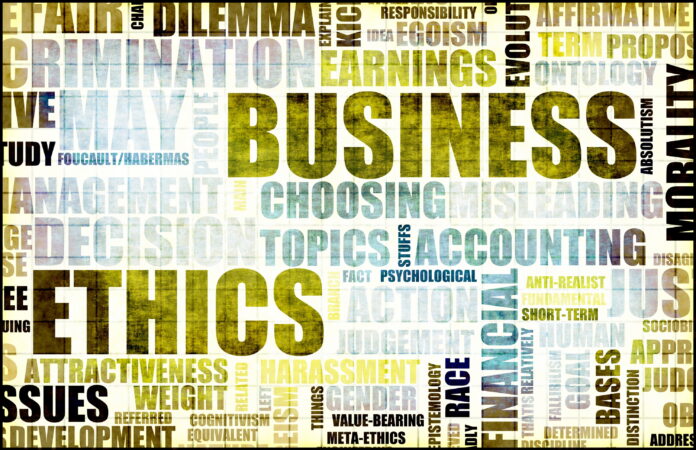“How much can I charge thee? Let me count the ways.” Elizabeth Barrett Browning
When Browning wrote these words, the mutual fund business asked: “How much can I charge thee? Let me count the ways.”
Many intelligent people in the mutual fund business spend much of their workday devising fees and undisclosed schemes to separate investors from their investments. These schemes include excessive fees, kickbacks, and exotic ways to funnel money back to financial professionals and fund management.
These hidden fees are an essential part of the investment business, despite decades of attempts to either eliminate them or to disclose them to investors. Once relegated to mutual funds, kickback schemes and other revenue sharing dals, now are used in private equity and hed fund investments . These hidden payments have a number of different names (marketing, partner, 12b-1, or distribution costs), but they all have the same purpose and significantly boost the bottom lines of investments fims and advisors.
As noted in the book, How 401(k) Fees Destroy Wealth and What Investors Can Do To Protect Themselves, at their peak, 12b-1 fees cost investors $9.5 billion annually. Other  hidden fees explain why 401(K) participants have paid as much as $164 billion a day in fees to the financial services industry. That is money off the top of retirement savers’ accounts.
hidden fees explain why 401(K) participants have paid as much as $164 billion a day in fees to the financial services industry. That is money off the top of retirement savers’ accounts.
As John Bogle, a founder of Vanguard Funds and an advocate of index funds said: The financial system puts up zero percent of the capital and takes zero percent of the risk and gets almost 80% of the return, and you, the investor, in this longe period of time, take 100% of the risk, and get only a little bit over 20% of the return.”
A September 2024 SEC directive on the topic of conficts of interest and fees paid to financial advisors stated that fiduciaries must “under the Disclosure Obligation, prior to or at the time of making a recommendation, a broker-dealer or associated person must make full and fair disclosure to the retail customer of all material facts relating to conflicts of interest that are associated with the recommendation.”
The SEC also asks if “All broker-dealers and investment advisers have conflicts of interest?”
Their answer is: “Yes. All broker-dealers, investment advisers, and financial professionals have at least some conflicts of interest with their retail investors.”
The investor should ask the advisor about any conficts-of-interest. If the rep doesn’t tell you about any conflcts of interests, it does not mean that none exists. The reality is that these problems are built into the financial rep-client relationship.
While conflicts of interest cases continue today, one of the best examples of misleading invetsors comes from a 2006 case of BISYS Fund Services, Inc. (BISYS), a mutual fund administrator, that the SEC found was scheming with over two dozen mutual fund advisers in defrauding fund investors by using investor money to pay for marketing expenses. BISYS agreed to pay a $21 million fine for their fraud.
Kickback Schemes Remain a Problem
Here are more details about the mutual fund record keeper scheme conducted by BISYS.
In a 2007 SEC investigation, BISYS Fund Services settled a case regarding certain side agreements with fund advisers. The mutual fund advisers involved in the settlement included AmSouth Bank (now part of Regions) and its two advisor subsidiaries, AmSouth Investment Management Company and AmSouth Asset Management. In this case, BISYS performed administrative functions for the mutual fund advisers.
The case is notable since it shows the lengths a few mutual fund professionals will go to to keep and retain business using any available means. The problem is that even though only a few people resort to these illegal acts, they invariably affect thousands of individual shareholders.
According to the SEC, BISYS entered into undisclosed side agreements in which it agreed to return a portion of its administration fee to the fund advisers in exchange for their promise to continue recommending BISYS as an administrator to the funds’ boards of trustees.
When these undisclosed side deals were completed, BISYS paid for the adviser’s marketing and some unrelated marketing expenses to promote the funds. As expected, this agreement should have been disclosed to the fund trustees and the shareholders, but it was not, according to the SEC. Of course, this is unsurprising since who would voluntarily disclose an under-the-table kickback scheme?
In the enforcement action, the SEC forced BISYS to reimburse over 20 million dollars to fund shareholders at 28 firms, most of which the SEC did not identify. The $20 million comprises more than $9 million in disgorgement funds (money already paid out by BISYS) and a $10 million penalty. From 1999 to 2004, the SEC said that BISYS provided over $230 million from its administration fees for the benefit of the funds’ advisers or third parties under these side agreements.
Do Kickback Schemes Affect You?
So, the question for shareholders is: Do you know if your mutual fund company was involved in this scheme? Were you ever notified of this kickback scheme and how it affected you?
This case also shows that the mutual fund business is so commoditized that a fund company record keeper would resort to bribes to keep their business. In more competitive industries, other competing suppliers would introduce innovations or compete on price to become more competitive and win the business.
This story leaves out two key questions:
1. How did BISYS define and subsidize “marketing expenses”?
2. How much did this bribery scheme cost shareholders? In any society worldwide, the entire population pays a price for corruption. This is even more egregious when the bribery scheme is being used to defraud investors of their retirement or college education funds.











